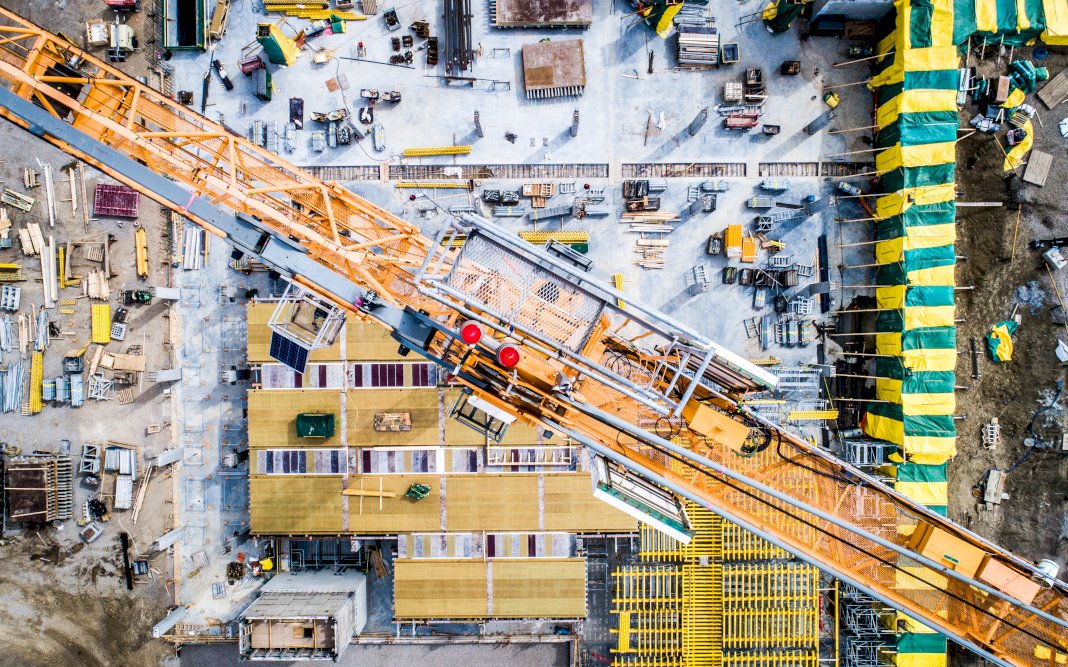
Before a single shovelful of dirt is turned, a road construction project must be carefully planned. Every detail must be considered to ensure a successful outcome. Construction projects can be complex undertakings, and planning is important because it helps identify potential risks and hazards before work begins.
A safe, efficient, and cost-effective outcome is ensured by planning every aspect of a road construction project. This article will guide you in planning for a successful road construction project.
Planning the Project
The first step in any construction project is to develop a plan. This plan will be your roadmap for the project’s entirety and help keep you on track and within budget. When planning a road construction project, you will need to consider the following:
1. The route the road will take
You need to determine the route the road will take. The path should be straight and level as much as possible to minimize the amount of grading that will be required. Attention must also be paid to the location of existing utilities and other obstacles that might delay or interrupt the construction process.
2. The type of road being constructed
The type of road being constructed will dictate the materials and equipment needed. For example, a gravel road will require different materials and equipment than a paved road.
3. The materials required
The materials required for the road construction project will need to be ordered in advance. This includes gravel, asphalt, concrete, and other materials used in the construction process.
4. The timeline for the project
Once you clearly understand the project’s scope, you can develop a timeline for its completion. This timeline should be realistic and take into account potential delays that might occur during construction.
5. The budget
A budget should be developed for the road construction project. This budget should include the cost of materials, labor, and equipment. It is important to remember that unexpected costs can arise during construction, so a buffer should be included in the budget to account for these potential expenses.
Allocating Resources
After the project has been planned, the next step is to allocate resources. This includes assigning tasks to workers, ordering materials, and reserving equipment. It is important to ensure that all workers are properly trained and have the necessary skills to complete their assigned tasks. Depending on the size and scope of the project, you’ll need to ensure you have enough workers on hand to get the job done in a timely manner.
Other essential resources include materials, equipment, and money. By taking the time to plan for all of these things in advance, you can help ensure that your road construction project goes off without a hitch.
Choosing Materials
The materials used in road construction play a vital role in the quality and durability of the finished product. Asphalt pavement, for example, is typically made with a combination of aggregate (crushed stone, gravel, sand), binder (asphalt or tar), and filler (materials such as clay or dust). The proportions of these ingredients are carefully calculated to produce a pavement that is strong enough to withstand traffic and weathering yet flexible enough to resist cracking.
Another thing to be considered is what type of markers will be used on the road. Thermoplastic road marking paint is a popular choice because it is durable and long-lasting. This type of paint is made with thermoplastic resins, which are applied to the road surface and then heated to create a bond. The thermoplastic resin creates a layer resistant to weathering, wear, and fading.
When selecting a material for a road construction project, it is important to consider both the short- and long-term costs. Choosing the proper ones can ensure that the finished road can withstand the rigors of daily use.

Setting Timelines
After the materials have been selected and the budget has been set, it is time to develop a timeline for the road construction project. This timeline should consider the project’s different stages, from planning and development to construction and completion. It is important to be realistic when setting timelines, as delays are often unavoidable.
The first step is to develop a schedule for the project’s different stages, including the time required for planning, permits, and approvals. The construction phase should also be included in the schedule, as well as a buffer for potential delays. Once the schedule is complete, it is essential to communicate it to all the workers and contractors involved in the project.
In addition to the schedule, it is also important to set milestones for the project. Milestones help to track progress and ensure that the project is on track. They can also be used to identify potential problems, so they can be addressed promptly. Setting timelines and milestones can help ensure that your road construction project is completed on time and on budget.
Public Consultation
Depending on the location of the road construction project, it may be necessary to consult with the public. This is often the case when the project will impact traffic patterns or cause disruptions to businesses and homes.
Consultation with the public can help ensure that the project is completed in a way that minimizes disruptions and maximizes benefits. It is important to consult with as many people as possible, including business owners, residents, and local officials.
The consultation process should include a thorough explanation of the project, its purpose, and its expected impacts. It is also important to listen to the concerns of those who will be affected by the project. By consulting with the public, you can help ensure that your road construction project is completed in a way that is satisfactory to all parties involved.
Safety Considerations
Safety is always a top priority when it comes to road construction projects. Workers can face several potential hazards, such as heavy equipment, traffic, and falling debris. It is vital to have a safety plan in place before starting the project. This plan should identify the potential hazards and establish procedures for mitigating them.
In addition to the safety plan, it is also important to provide training for all workers involved in the project. This training should cover the proper use of equipment, safe work practices, and emergency procedures. By taking the time to develop a safety plan and provide training, you can help ensure that your road construction project is completed without incident.
These are just a few of the things to consider when planning a road construction project. By taking the time to develop a plan, select the right materials, set the timeline, consult with the public, and develop a safety plan, you can help ensure that the finished road will be safe and durable. With careful planning and execution, your road construction project can be a success.